Authors: Stefan Marinković, Alejandro Fernández-Rodríguez, Emile Fourneau, Mariona Cabero, Hailin Wang, Ngoc Duy Nguyen, Jaume Gazquez, Narcís Mestres, Anna Palau, Alejandro V. Silhanek
Abstract: Simultaneous optical microscopy and electric transport measurements on La0.7Sr0.3MnO3 nanobridges, grown on SrTiO3 (STO), show direct evidence of directional oxygen vacancy migration under large voltage bias. Comparative study on discontinuous structures, with voltages applied across a micron-scale gap, demonstrates that high electric fields induce electrolytic modifications confined to the anode. Extensive electromigration is shown to induce the formation of linear surface scars on the STO substrate, following well defined crystallographic directions. The reproducible triggering of these surface dislocations is demonstrated, unveiling their thermal rather than electrical origin and it is shown that they do not represent electroformed conduction channels. High-resolution scanning transmission electron microscopy imaging reveals that the scars correspond to nanometer scale steps caused by (101) gliding planes in the STO caused by the proliferation of edge dislocations and local lattice expansion. These findings shed light on selective electrically-controlled atom migration and its role in structural modification of functional oxides, opening a unique avenue for ionotronic device design.




